When visiting the southern part of France, the cities of Nice, Monaco, Cannes, Avignon and Provence are popular choices on traveler itineraries. However, be sure to add some of these lesser known places to your travel plans. While the French rail and bus system can get travelers just about anywhere, the best way to explore the list below efficiently is by renting a car. Travelers who are able to drive manual / stick shift cars will save money on their car rental!
The Ruins at Glanum
Just 12 miles south of Avignon lies the ancient town of Glanum. This fortified town was founded in the 6th century BCE and was then destroyed by the Alamanni (a confederation of German tribes) in 260 AD. The people of Glanum abandoned the area and moved north to found what became the present day town of Saint-Rémy-de-Provence. Saint-Rémy-de-Provence is well known as being the location in which Van Gogh spent the last years of his life.
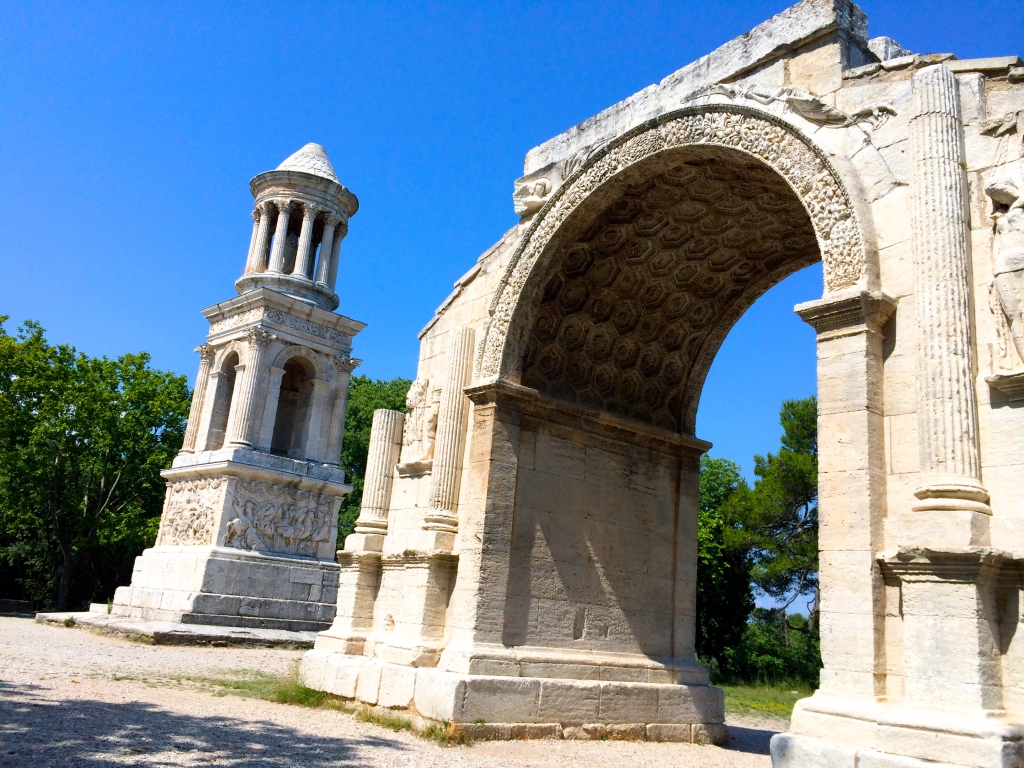
Saint-Rémy-de-Provence
St. Remy is a charming little town a 30 minute drive south of Avignon. Spend a day wandering the streets, stopping into shops, and visiting St. Paul’s Asylum, where Van Gogh spent the last years of his life. In the Van Gogh Field, located on the psychiatric hospital grounds, there are several reproductions of the painter’s work on the actual sites where he painted them. Travelers are able to see what Van Gogh saw as he painted the scene in front of him.

Lavender Fields
Travel about 1.5 hours east of St. Remy to visit the lavender fields near the Luberon and Sault regions. They are in bloom from June to August, which is prime tourist season for visiting this part of France. Try some of the locally made lavender honey, and bring home some lavender soap.
Gorges Du Verdon
Continue further east from Luberon to visit the magnificent Gorges Du Verdon, or “Europe’s Grand Canyon.” Park your car near the kayak and paddleboat rental, and spend an hour or two exploring this site. If you have more than two people, you may want to look into pre booking a larger boat. For small groups, there is no need to make a paddleboat reservation ahead of time.
Cassis, France
Leave Gorges du Verdon and head south towards the French Riviera. Before you get to the larger cities of Nice, Cannes, or Marseille, visit the idyllic fishing port of Cassis. Rent a boat or kayak from Cassis and swim in the blue waters of Calanque d’en Vau. If you are up for an enduring hike, trek to the beach at En Vau (secluded but a 2 hour hike each way). The boat tours from Cassis into this area are usually not allowed to dock at the beach, so, if you want to spend time on the beach itself, you will likely need to trek there.







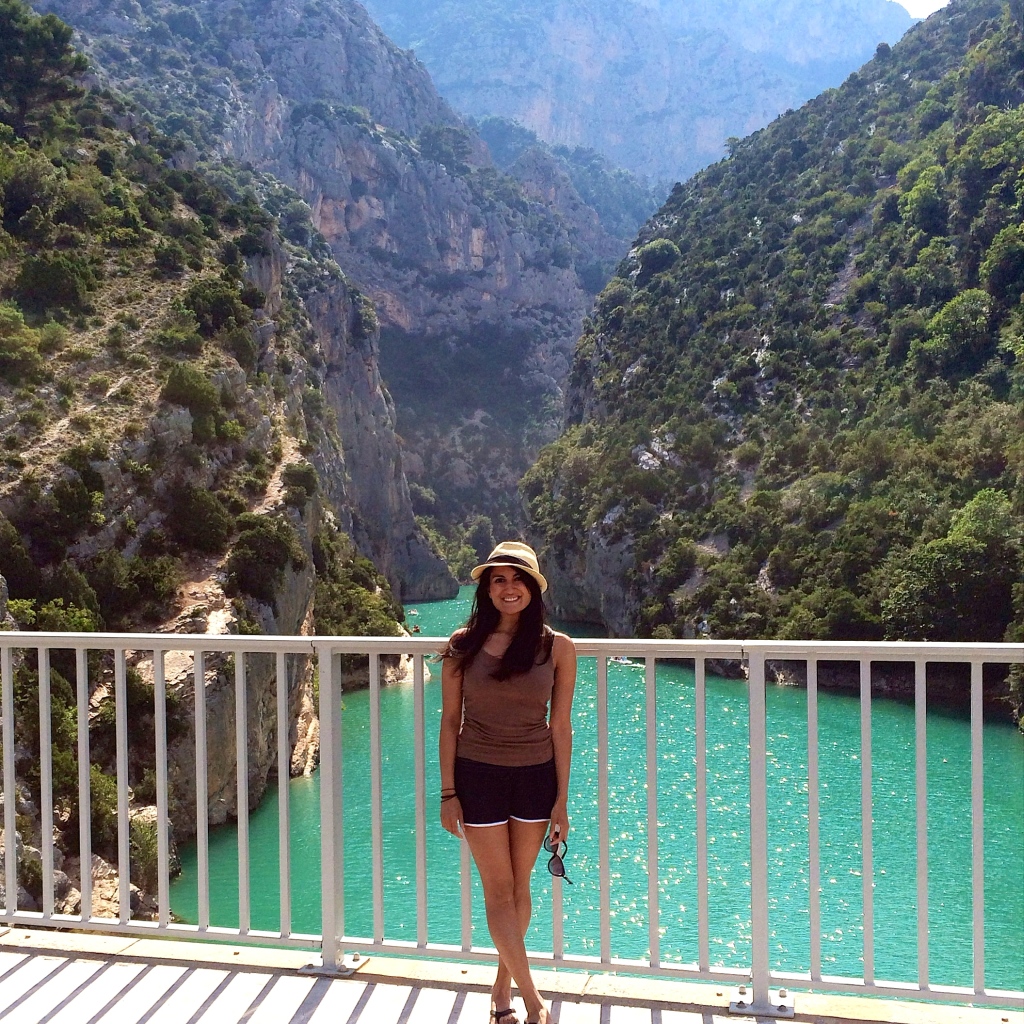

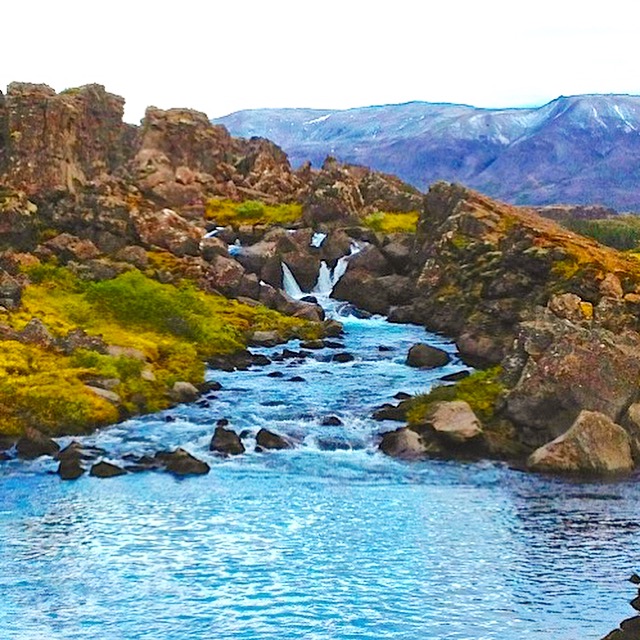










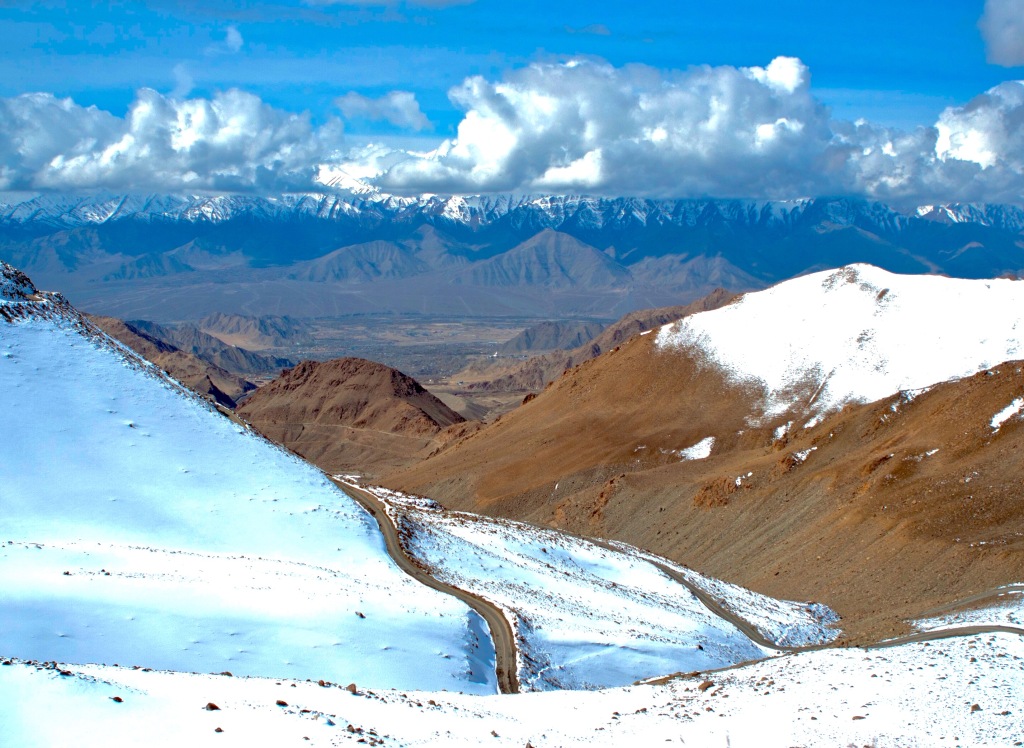


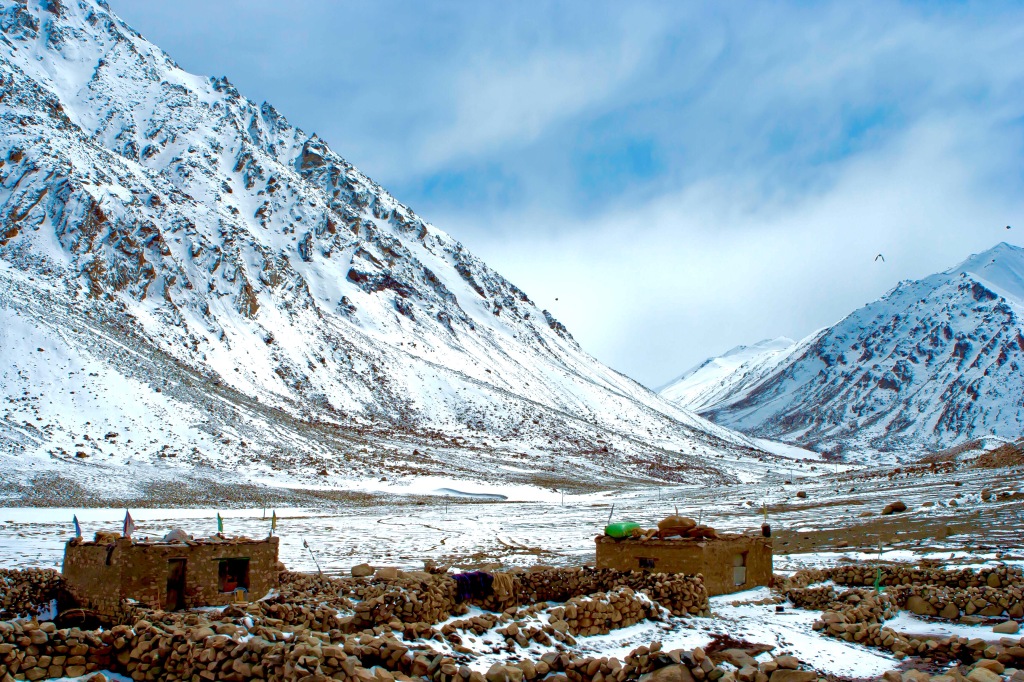










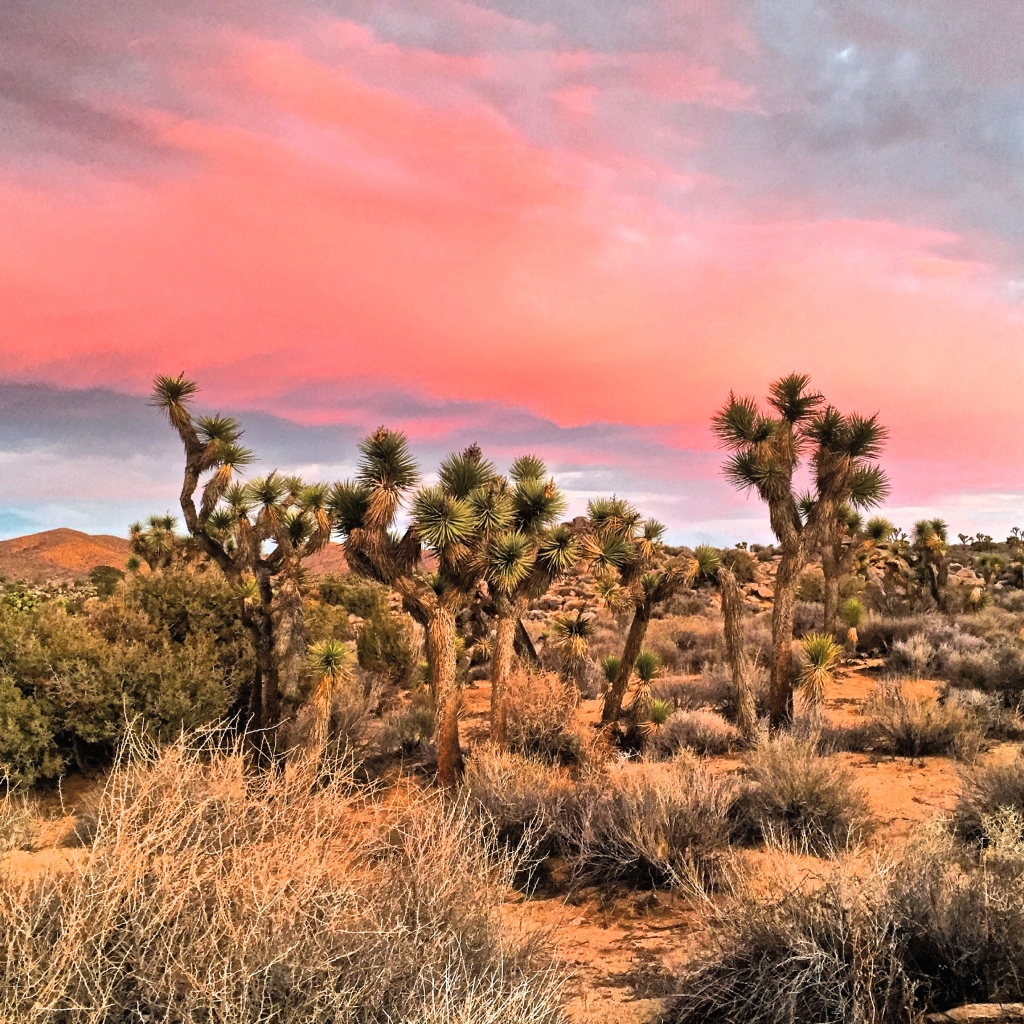
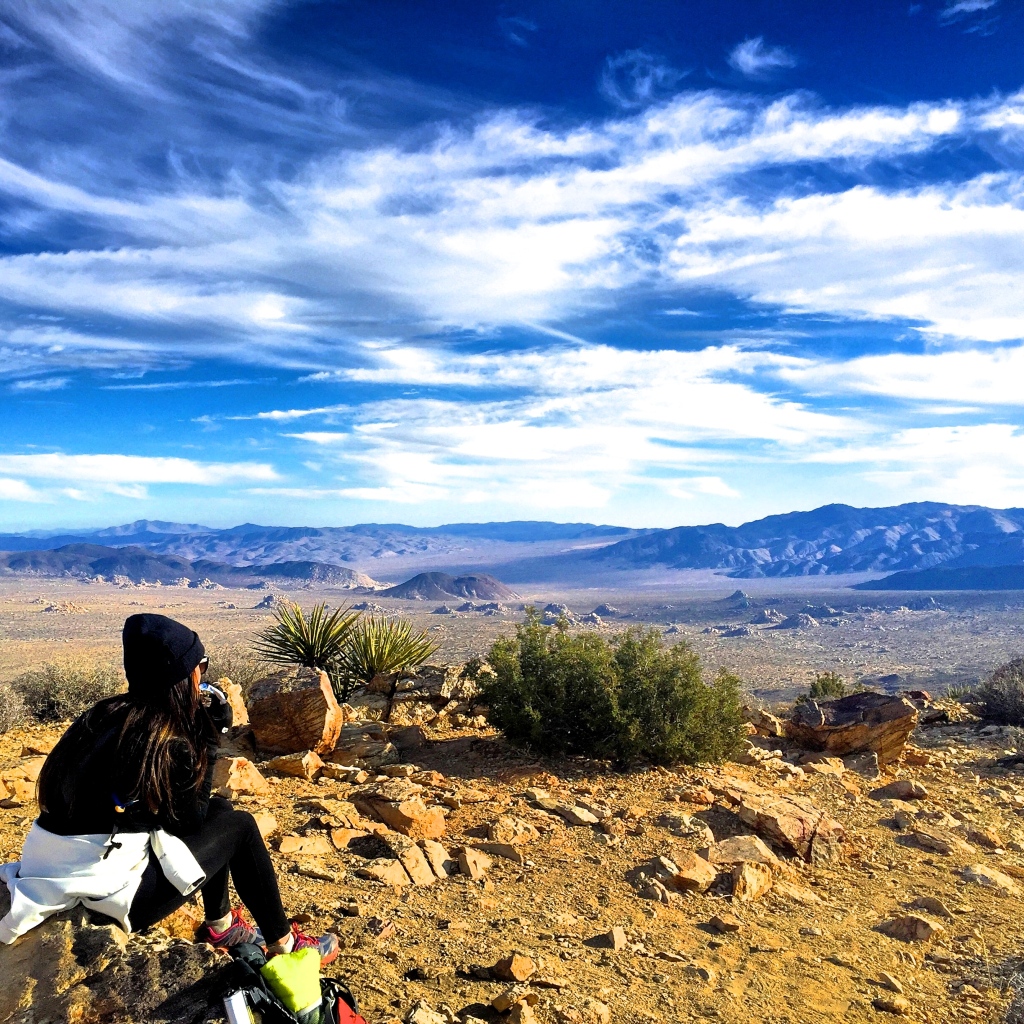


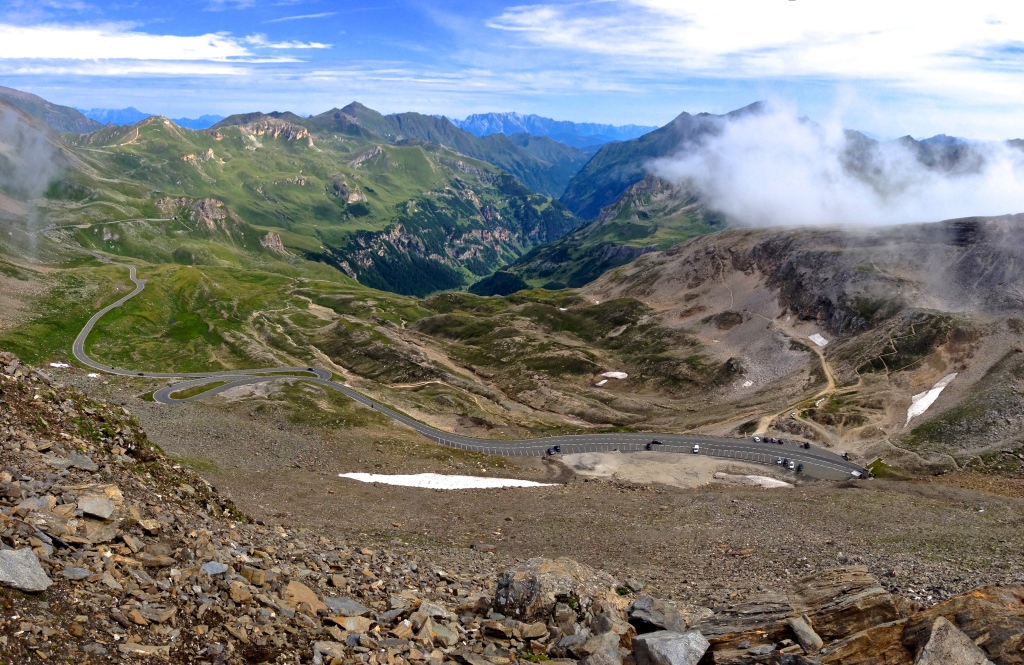




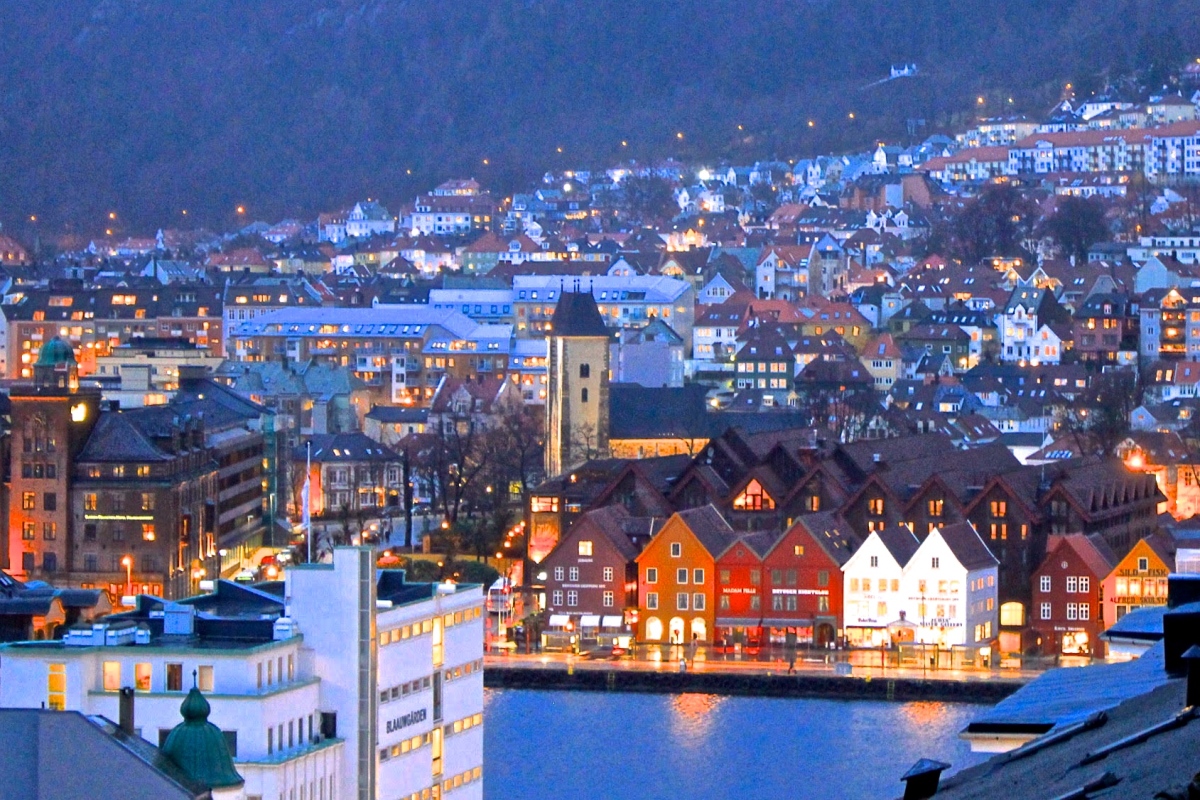




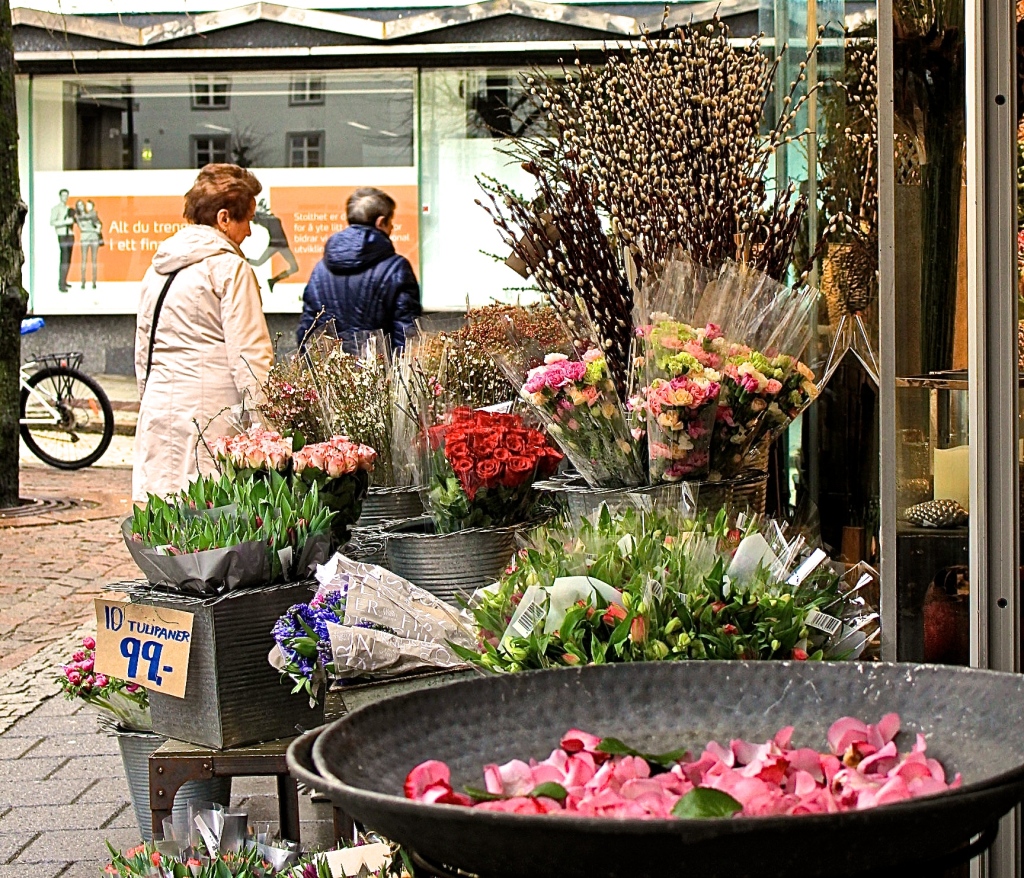



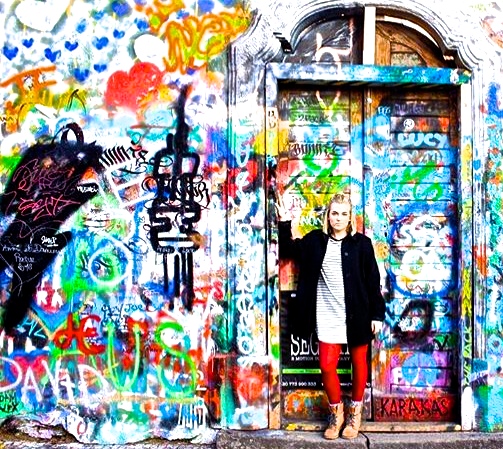



You must be logged in to post a comment.